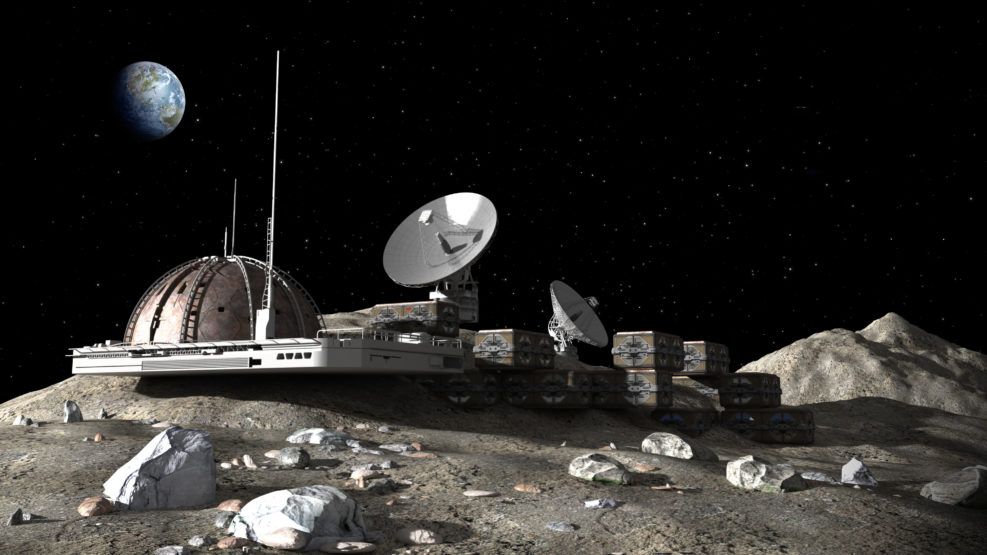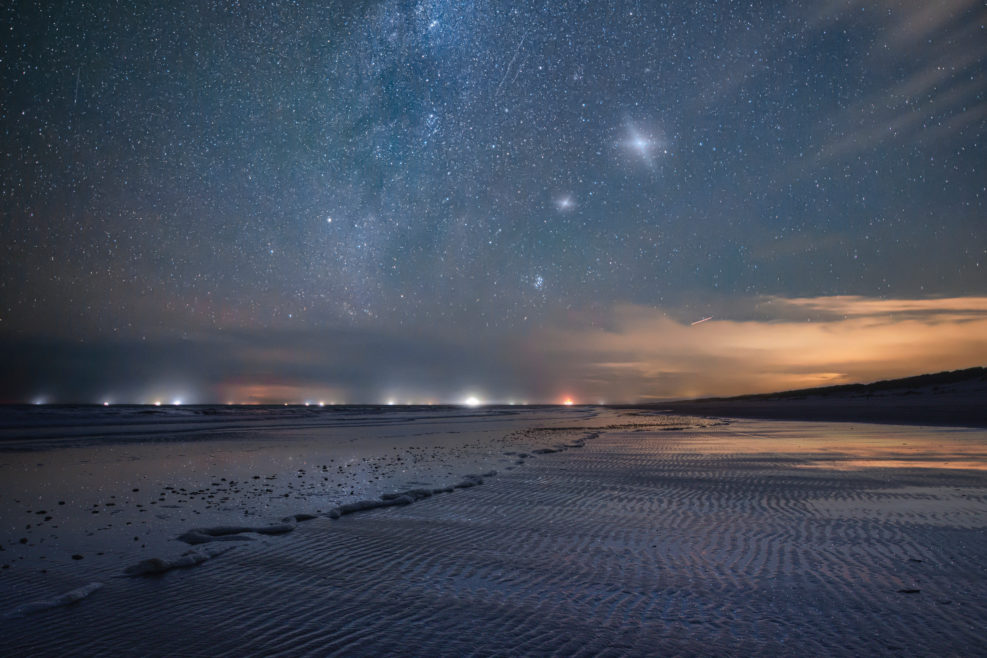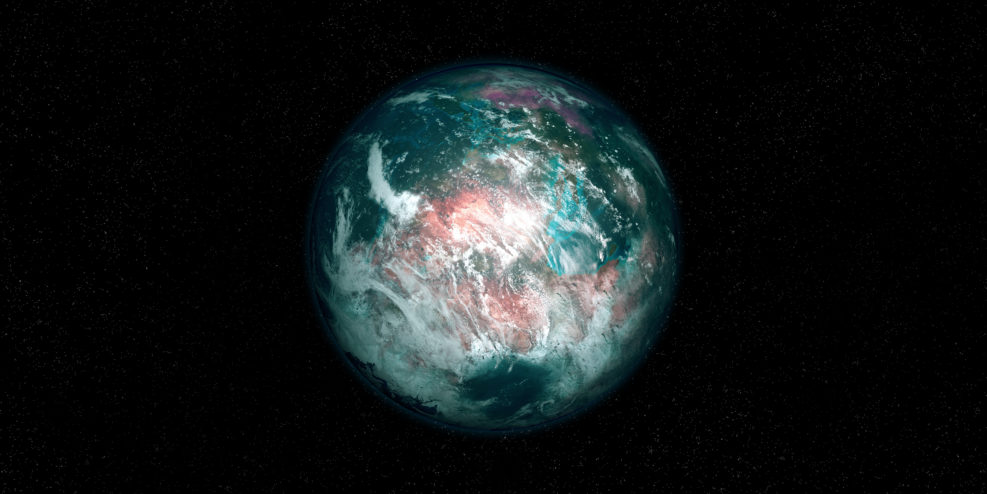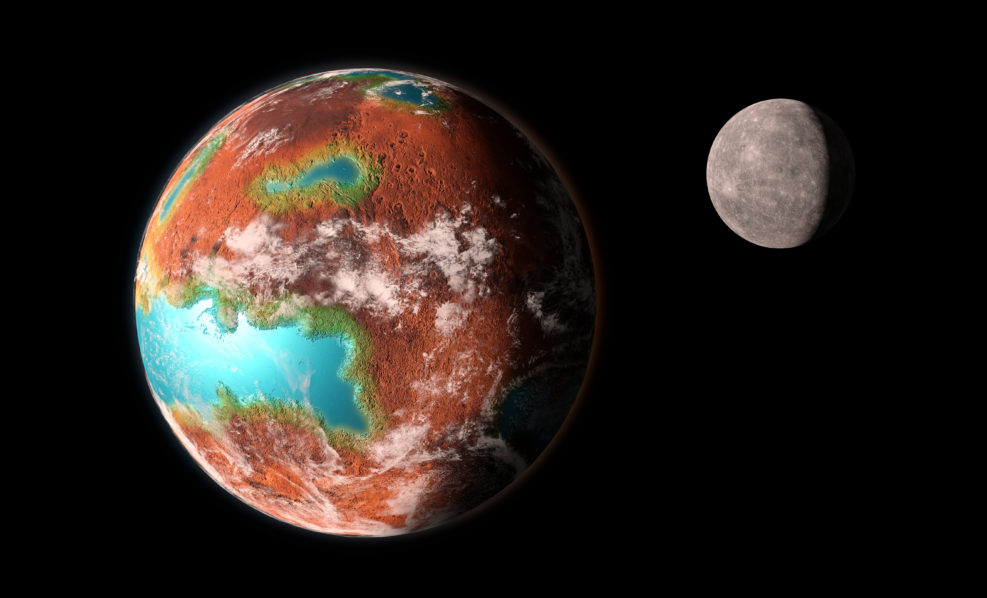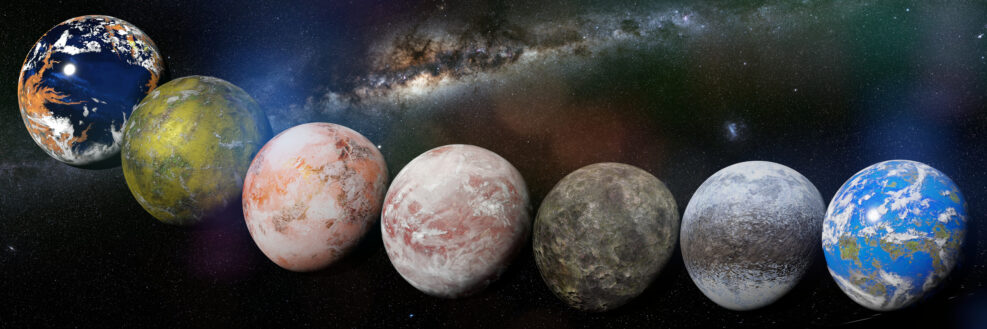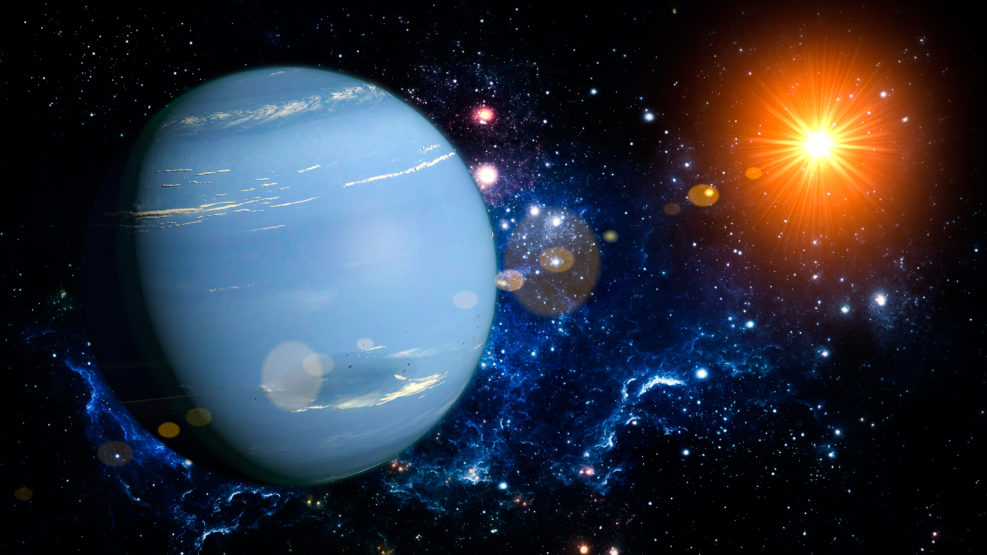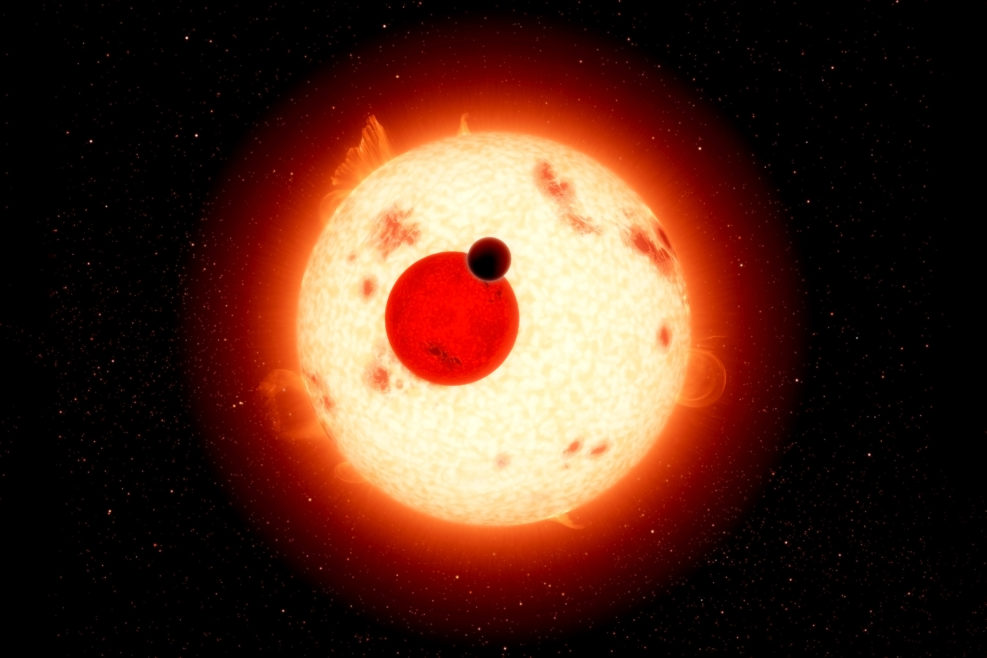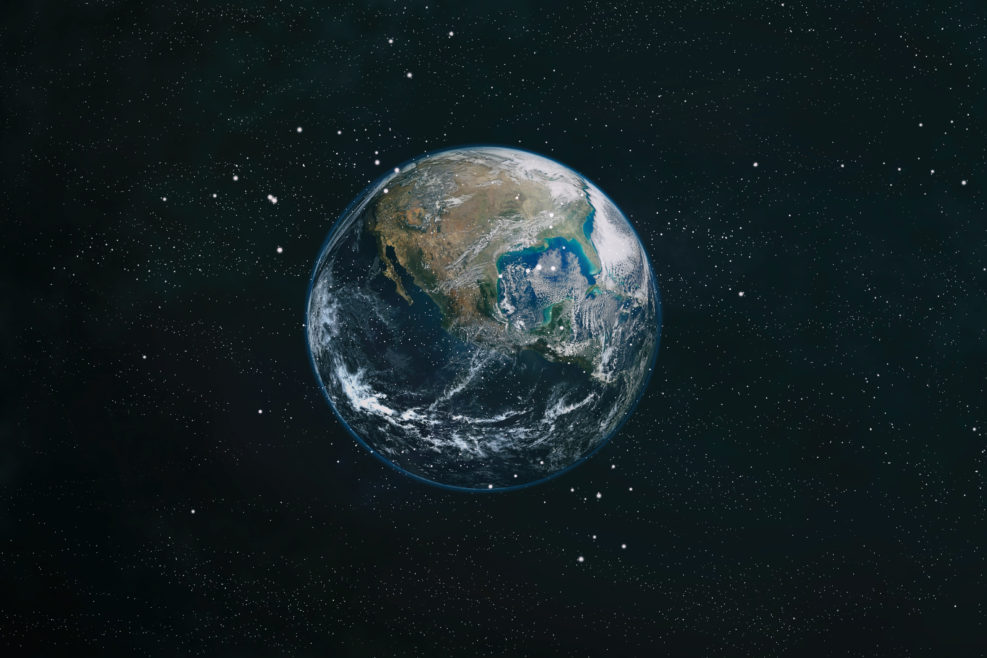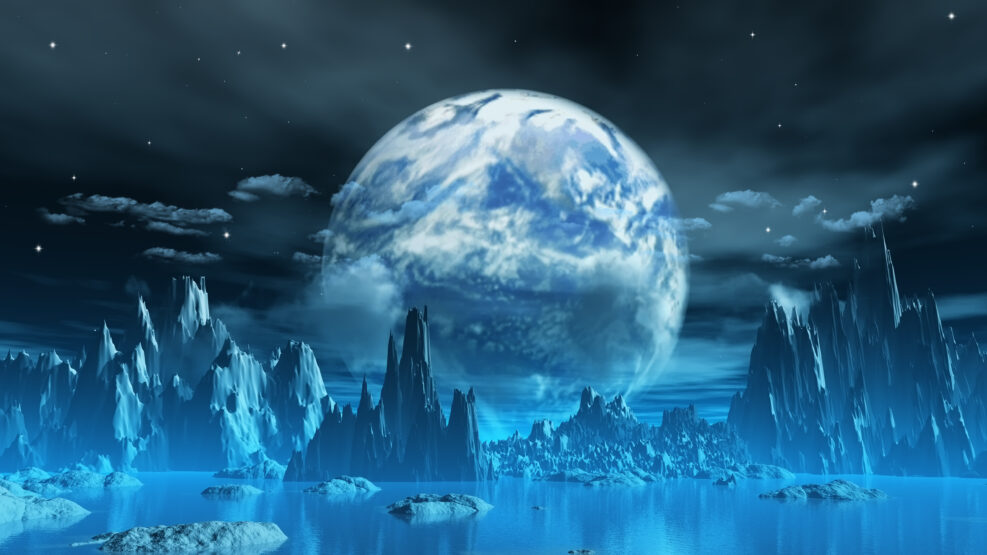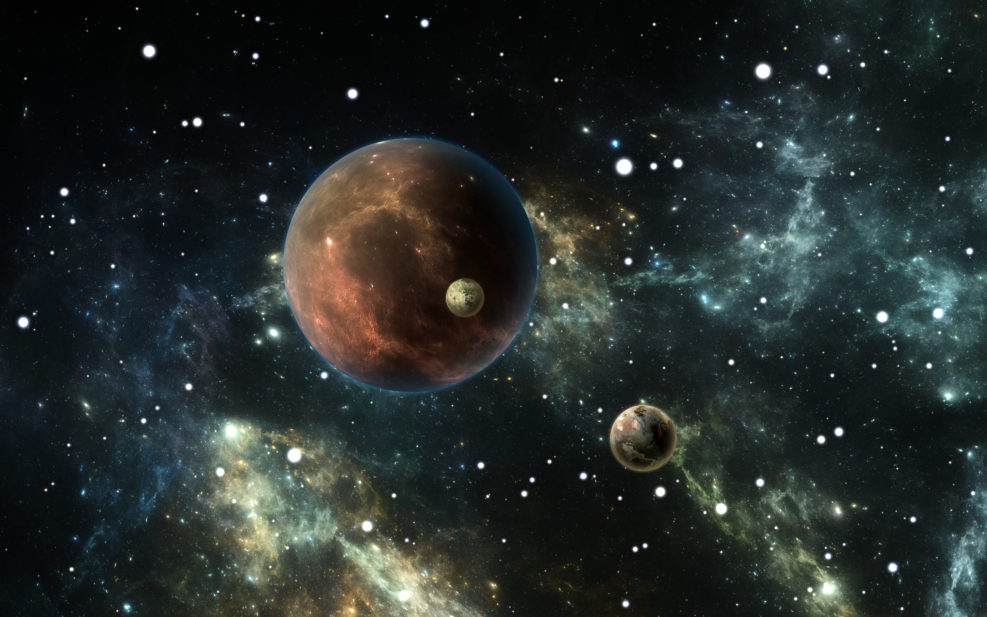
The Search for Extraterrestrial Life 18
We are starting to find more different kinds of exoplanets and an unexpected source of water on MarsIn our universe: Time travel? “How a Rotating Universe Makes Time Travel Possible” At Universe Today, Stony Brook astrophysicist Paul Sutter notes that mathematical philosopher Kurt Gödel (1906–1978) wrote a model for Albert Einstein (1879–1955) of a universe that allows time travel into the past: “Gödel constructed a relatively simple and artificial model universe to prove his point. This universe is rotating and contains only one ingredient. That ingredient is a negative cosmological constant that resists the centrifugal force of the rotation to keep the universe static. / Gödel found that if you follow a particular path in this rotating universe you can end up in your own past. ” (January 11, 2023) Our universe, as it happens, is not Read More ›
